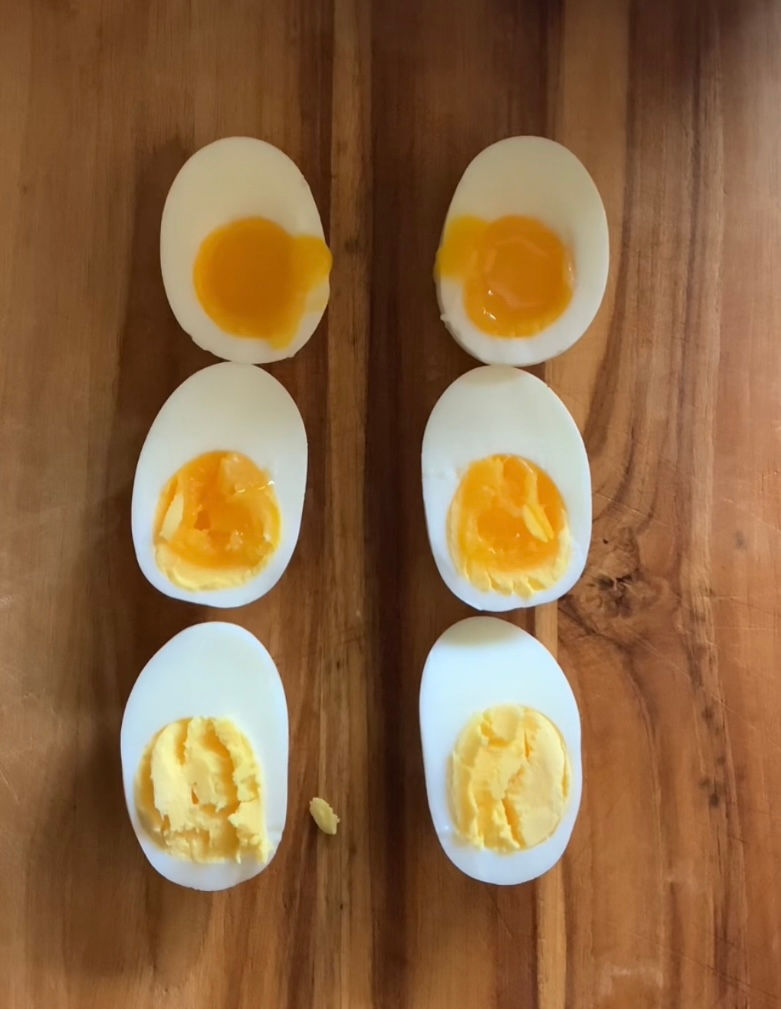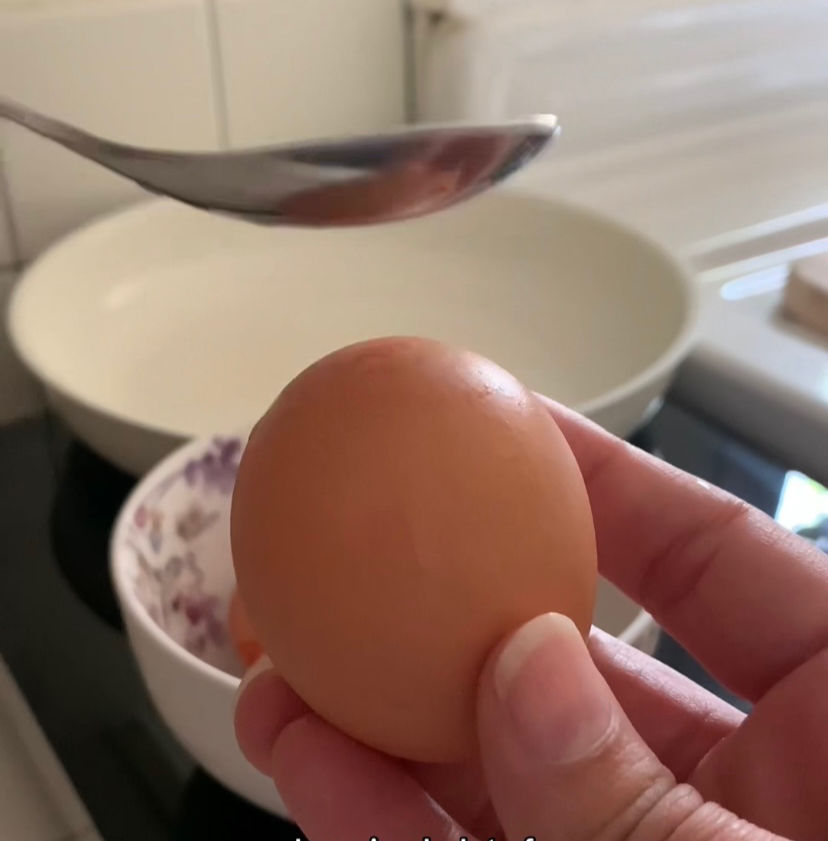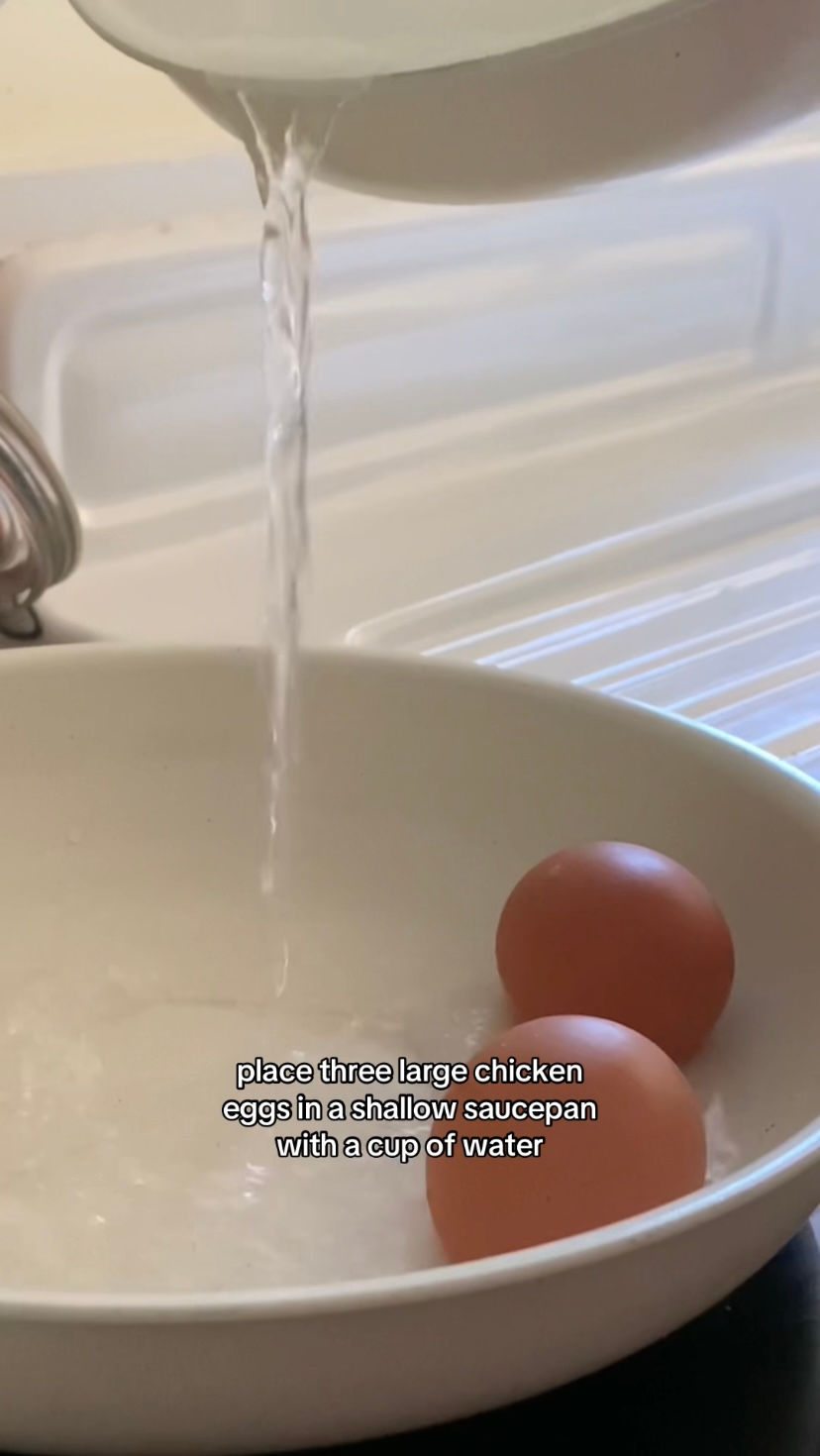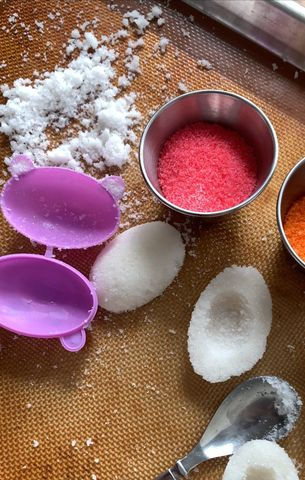The Steamy Truth: Why Steaming Eggs Beats Boiling Every Time
- Cara Russell Buckner

- Sep 23, 2024
- 5 min read
The Home Kitchen Alchemist's Guide to Perfect to Peel Eggs: Steaming Secrets Unveiled

A new debate is heating up in the food community on social media, reminiscent of the egg war in Jonathan Swift's 1726 novel, Gulliver’s Travels. In this tale, the tiny inhabitants of Lilliput and Blefuscu go to war over how to crack an egg—top or bottom? Fast forward to 2024, and we find ourselves in a similar divide: 'egg boilers' versus 'egg steamers'. After I posted a video on the benefits of steaming eggs over hard boiling, the discussion exploded. Let's dive into the science behind steaming eggs and discover why it might be your next kitchen alchemy hack.
Cooking eggs might seem simple, but achieving perfectly cooked, easy-to-peel eggs can be quite a challenge. Everyone has their own tips and tricks: adding salt, baking soda, or vinegar to boiling water; using older eggs; shocking them in cold water; peeling in water; shaking in a jar; or the 'crack and roll' method, or tapping the bottom with a spoon. My favorites are steaming and the taping the bottom of the egg with a spoon, which I'll cover in this post. So, what really works? Let me show you how steaming saves time, water, and results in perfectly peeled eggs. Plus, I'll explain the ‘tapping with a spoon’ method as a bonus!
Disclaimer: This article contains affiliate links. If you make any purchases from
using these links I may earn a small comission at no cost to you.
Are you a visual learner? Checkout these three Instagram Egg Reels
Steaming Versus Boiling

Steaming eggs versus boiling eggs is like a little kitchen alchemy trick that leverages the science of heat transfer. When you cook your eggs using steam, the cooking temperature is hotter than boiling water. This is because it contains extra energy from the phase change from liquid to gas. This higher temperature allows the eggs to cook more evenly and gently, reducing the risk of overcooking. The steam surrounds the eggs, cooking them uniformly and preventing the rubbery texture that can sometimes result from boiling. Plus, the steam’s consistent heat helps the egg whites set perfectly while keeping the yolks creamy or firm, depending on your preference. This method also makes peeling easy because the steam helps separate the egg membrane from the shell, making it easier to remove.
Why Steam is Hotter Than Boiling Water

When water boils, it reaches a temperature of 100°C (212°F) at sea level. However, steam, which is the gas phase of water, can be much hotter. This is because steam contains additional energy from the phase transition from liquid to gas, making it more effective at transferring heat. This higher temperature is why steaming can cook eggs more efficiently than boiling.
Why Do Some People Prefer Steaming Over Boiling?
Some people prefer steaming over boiling because it can be more convenient and often yields better results. Steaming requires less water, heats up faster, and can be easier to control. Additionally, steaming can result in eggs that are easier to peel and have a more desirable texture.
What Are the Benefits of Using Less Water?

Using less water is environmentally friendly and can help reduce your water bill. It also means less time waiting for the water to boil, making the cooking process quicker and more efficient.
Can You Steam Eggs in Different Types of Steamers?
Yes, you can steam eggs in various types of steamers, including electric steamers, bamboo steamers, and stovetop steamers. The key is to ensure that the eggs are exposed to consistent steam heat for the recommended cooking times.
How Does Altitude Affect Steaming Eggs?
At higher altitudes, the boiling point of water decreases, which can affect cooking times. You may need to adjust the steaming time slightly to account for the lower boiling point and ensure the eggs are cooked properly.
What Are Some Common Mistakes to Avoid When Steaming Eggs?
Common mistakes include overfilling the pot with water, not covering the pot properly, and not adjusting the heat correctly. Ensure the pot is covered to trap the steam, and use the right amount of water to avoid overcooking or undercooking the eggs.
Can You Flavor the Eggs While Steaming?
While the primary purpose of steaming is to cook the eggs, you can experiment with adding herbs or spices to the water to see if it imparts any subtle flavors to the eggs. However, the effect may be minimal since the eggshell acts as a barrier.
How to Store Steamed Eggs?
Store leftover steamed eggs in the refrigerator. They can be kept for up to a week. To reheat, you can place them in hot water for a few minutes or use a microwave, but be cautious to avoid overcooking.
What Are Some Creative Uses for Steamed Eggs?

Steamed eggs can be used in a variety of dishes, such as salads, sandwiches, or as toppings for ramen. They can also be enjoyed on their own with a sprinkle of salt and pepper or other seasonings.
Disclaimer
The steps below are what have worked for my specific environment. Egg size, stove quality, pan type, and elevation are all factors that you might need to adjust to. If you use a room temperature egg or add the eggs after heating the water, all these factors can affect the cook time of your eggs. Find what works for you.
Egg Peeling Tip: Tapping With a Spoon

Here’s an additional tip to double down and ensure your eggs will be easy to peel
For easier peeling, take the rounder side (the bottom) of your eggs and gently tap it with the rounded side of a spoon. You don’t want to break the shell, but tap until you hear a snap or crack sound. This sound indicates the membrane separating from the shell, which is what makes eggs either difficult or easy to peel.
How To Steam Eggs:
Supplies:
Chicken eggs
Water
Spoon
Steps to Perfectly Steamed Eggs

1. Add eggs straight from the fridge to a shallow saucepan with a lid.
Optional: Use the egg tapping trick above for easy shell peeling later.
2. Add 1 cup to 1.5 cups of water (8-12 ounces) to the pot.
3. Cover the pot and set the heat to high, just to bring the water quickly to a simmer.
4. Reduce the heat to medium to medium-low. Steam is hotter than boiling water, so you can simmer the water in the pan on a lower setting.
5. Steam for 6 minutes for a soft and runny yolk.
6. Steam for 8 minutes for a creamy yolk.
7. Steam for 12 minutes for a hard yolk.
8. Remove the eggs from the pan and submerge them into a bowl of ice water, or if you’re in a hurry, you can run them under tap water. The cold stops the eggs from continuing to cook and makes them easier to peel.
By following these steps, you can enjoy perfectly cooked and easy-to-peel eggs every time. Happy cooking!



Comments